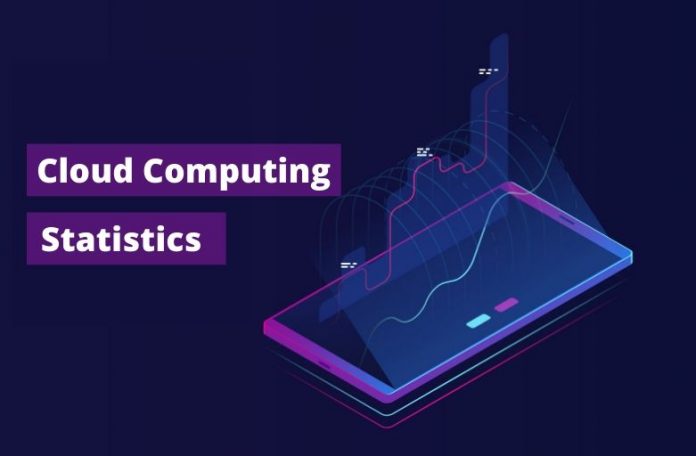
Introduction
Most CIOs today are either planning or executing a digital transformation strategy. This involves modernizing the business by becoming more data driven, with the goal of automating operations, delivering new customer experiences, and increasing the overall pace of innovation. Retailers are implementing new technologies, such as real-time inventory tracking and contextual promotions, in their stores. Manufacturers are implementing video analytics to improve safety and reduce product defects.
Warehouses are deploying robotics to improve the accuracy of order picking and shipments. In all these situations, new types of data are being generated to power these capabilities. But where do these applications reside? Traditional thinking would expect to find them in a centralized datacenter, whether owned by the company or in the public cloud. However, centralized approaches have inherent limitations that impede the performance of these new digital applications.
This is why edge computing has risen to the top of CIO priority lists. It can address these limitations by distributing applications closer to where data is acquired, analyzed, and acted upon. According to IDC’s Worldwide Edge Spending Guide, worldwide spending on edge computing is expected to reach $176 billion in 2022, an increase of 14.8% over 2021. That spending is forecast to grow to nearly $274 billion in 2025 as enterprises look to edge solutions as a key enabler of their business objectives.
The edge is also an area where IT and OT systems converge, and digital-first organizations need the ability to run these. applications on a common infrastructure. Edge computing can create a more effective operating environment that can be centrally managed to maximize the value of critical business data while maintaining a security profile that meets cyber-resiliency requirements. Edge computing is improving business outcomes by helping companies grow faster, create scalable business models and generate immediate profitability. It does this by deploying applications wherever they are needed, increasing business agility.
Key Stats
» 74% of organizations expect to increase spending on edge solutions over the next two years.
» 72% of organizations reported improved operational efficiency by deploying workloads at the edge.
» 67% of organizations are concerned about the availability of in-house staff and skills.


Key Challenges/Benefits
Edge computing has emerged as a necessary complement to the cloud, helping. organizations gain real-time insights from data generated in the field. Service providers are playing a key role in designing and managing edge solutions.
Current State of Edge Computing
Over the past decade, there has been a trend toward cloud computing. The ability to quickly provision resources, scale on demand, and pay for only what you use has removed many barriers to innovation. A common theme in the industry was that all workloads would eventually be migrated to a hyperscale cloud datacenter; it was just a matter of time. However, that migration did not happen. Enterprises discovered several limitations when placing certain workloads in the public cloud:
KEY CHALLENGEs
» Latency/performance: The roundtrip time it takes for data to be transmitted to a remote datacenter and processed can be prohibitive for real-time applications that require quicker response times than the cloud can deliver.
» Cost: The proliferation of Internet of Things (IoT) and other connected equipment has led to an increase of data generated in remote locations, which can be expensive to transmit and store for long periods of time in a core datacenter or the cloud.
» Compliance/digital sovereignty: Whether GDPR in Europe or the California Consumer Privacy Act in the United States, there continue to be more digital sovereignty regulations dictating rules for where data can be stored. Corporate governance policies can also restrict the movement of data.
» Resiliency: Although public clouds are considered highly reliable, there have been significant outages that have negatively impacted customer business operations. Additionally, there is always the possibility of a disruption in network access between a site and the cloud.
These limitations are driving interest in edge computing. Edge computing is not a replacement for cloud but a complement, helping complete a hybrid IT strategy. It allows customers to find the best execution venue for their applications. In some cases, edge applications are deployed on premises. In others, edge applications are deployed in a nearby service provider facility like a colocation facility. Having flexibility in deployment options is essential.
While many cloud decisions are driven by developers, the shift in focus to edge has elevated the influence of IT.
According to IDC’s 2022 Edge View Survey of IT and business decision makers, 42% said IT management is a valuable link. between the business and the C-suite because many edge decisions are part of a broader corporate strategy.
Edge can be the unifying point for multi-cloud environments. IDC reports that 64% are currently using multiple public Cloud providers, and that number is only increasing over time. This is mainly driven by the fact that each cloud has unique strengths and enterprises are maximizing the use of those capabilities in their applications. Edge service providers often have high-speed interconnects to the major cloud providers, solving one of the key multiload challenges.
Read More Managed Wireless Mobility
Given that edge computing is still new for many organizations, there is often a desire to work with a professional service \ organization to augment internal teams. In IDC’s Edge View Survey, 41% of respondents said they have taken advantage of strategy and transformation services to understand how edge computing can improve existing systems. Once the strategy is created, the next step is to perform a readiness assessment to map the existing set of infrastructure and applications. This assistance can also extend to the implementation phase with 40% of enterprises using migration and integration services.
READ about Assessment strategies.
Written by: Dave McCarthy, Research V
